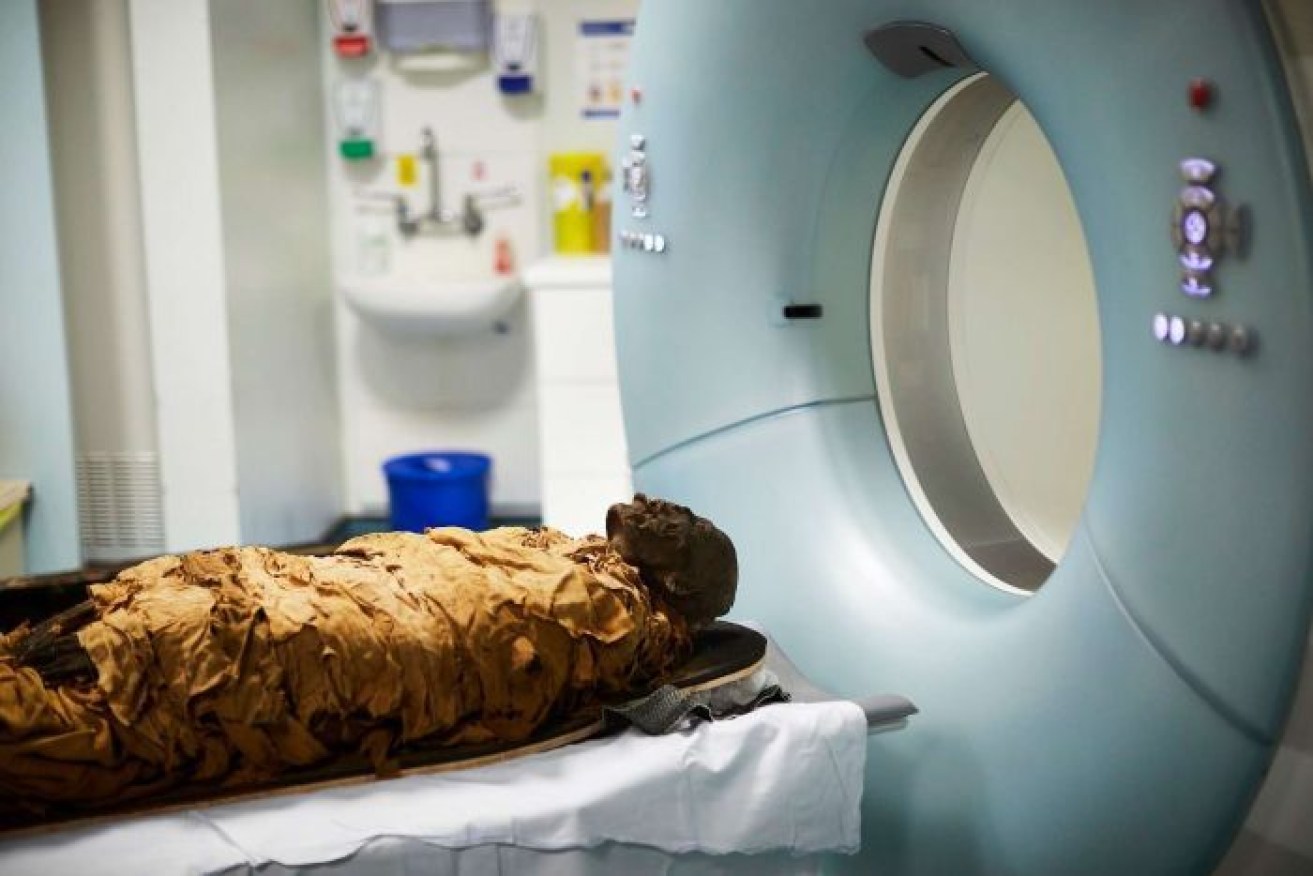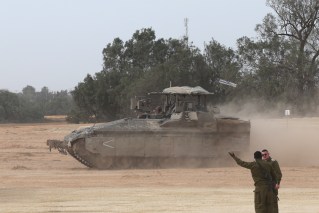Egyptian Mummy’s 3000-year-old voice brought back to life by researchers

The team of researchers chose the mummy of Nesyamun because its soft throat tissues were intact. Photo: Leeds Museums and Galleries
Researchers say they have mimicked the voice of a 3000-year-old mummified Egyptian priest by recreating much of its vocal tract using medical scanners, 3D printing and an electronic larynx.
The Egyptian priest Nesyamun lived during the politically volatile reign of pharaoh Ramses XI between BC 1099-1069 and worked at the state temple of Karnak in Thebes, where he needed a strong voice for holding ritual duties that involved singing and speaking.
In a paper published on Thursday by the journal Scientific Reports, the authors say the voice recreation technique allowed them to produce a single sound – somewhere between the vowels in “bed” and “bad”.
The team of researchers from the University of York, University of London, Royal Holloway and Leeds Museum chose the mummy of Nesyamun for the “Voices of the Past” project because the soft tissue in the throat and vocal tract were reasonably intact.
The study stated that restoring a vocal sound was impossible with only skeletal remains of a person.
The team took the mummified body of Nesyamun, currently on display in Leeds City Museum in the United Kingdom, to Leeds General Infirmary in 2016 for CT scans to gain measurements to reproduce the vocal tract.
They then produced a 3D-printed voice box based on the mummified priest’s vocal tract and connected it to an artificial larynx and specialised loudspeaker to reproduce the vowel sound of Nesyamun’s voice.
‘Making a wish come true’
However, the eerie tone is unlikely to be a precise reflection of the speech of Egyptian priest Nesyamun, because the tongue has lost much of its bulk over three millennia.
“We have made a faithful sound for his tract in its current position, but we would not expect an exact speech match given his tongue state,” co-author David M Howard of London’s Royal Holloway college said.
The model alone also was not enough to synthesise whole words or sentences, the authors said, noting that this would require the ability to calculate the audio output from the vocal tract as its shape changed.
“But this is something that is being worked on, so it will be possible one day,” Mr Howard said.
Inscriptions on the priest’s coffin documented Nesyamun asking “that his soul receives eternal sustenance, is able to move around freely and to see and address the gods as he had in his working life,” according to researchers.
The coffin inscriptions also documented Nesyamun’s wish to be able to speak after his death.
Professor Joann Fletcher from the Department of Archaeology at the University of York told the BBC that Nesyamun’s wish to speak in the afterlife was part of his religious belief system and “in a way, we’ve managed to make that wish come true”.

Researchers worked together to recreate the sound of the mummy’s voice. Photo: Facebook/ Leeds Museums and Galleries
‘Multidimensional encounter’
Rudolf Hagen, an ear, nose and throat expert at the University Hospital in Wuerzburg, Germany, who specialises in thorax reconstruction and wasn’t involved in the study, expressed scepticism.
Even cutting-edge medicine struggles to give living people without a thorax a “normal” voice, he said.
Co-author John Schofield, an archaeologist at the University of York, said the technique could be used to help people interpret historical heritage.
“When visitors encounter the past, it is usually a visual encounter,” Mr Schofield.
“With this voice, we can change that, and make the encounter more multidimensional.”
“There is nothing more personal than someone’s voice, so we think that hearing a voice from so long ago will be an unforgettable experience, making heritage places like Karnak, Nesyamun’s temple, come alive,” he said.
-ABC






